Home>Gardening & Outdoor>Outdoor Structures>How Big Can You Make An Awning Window
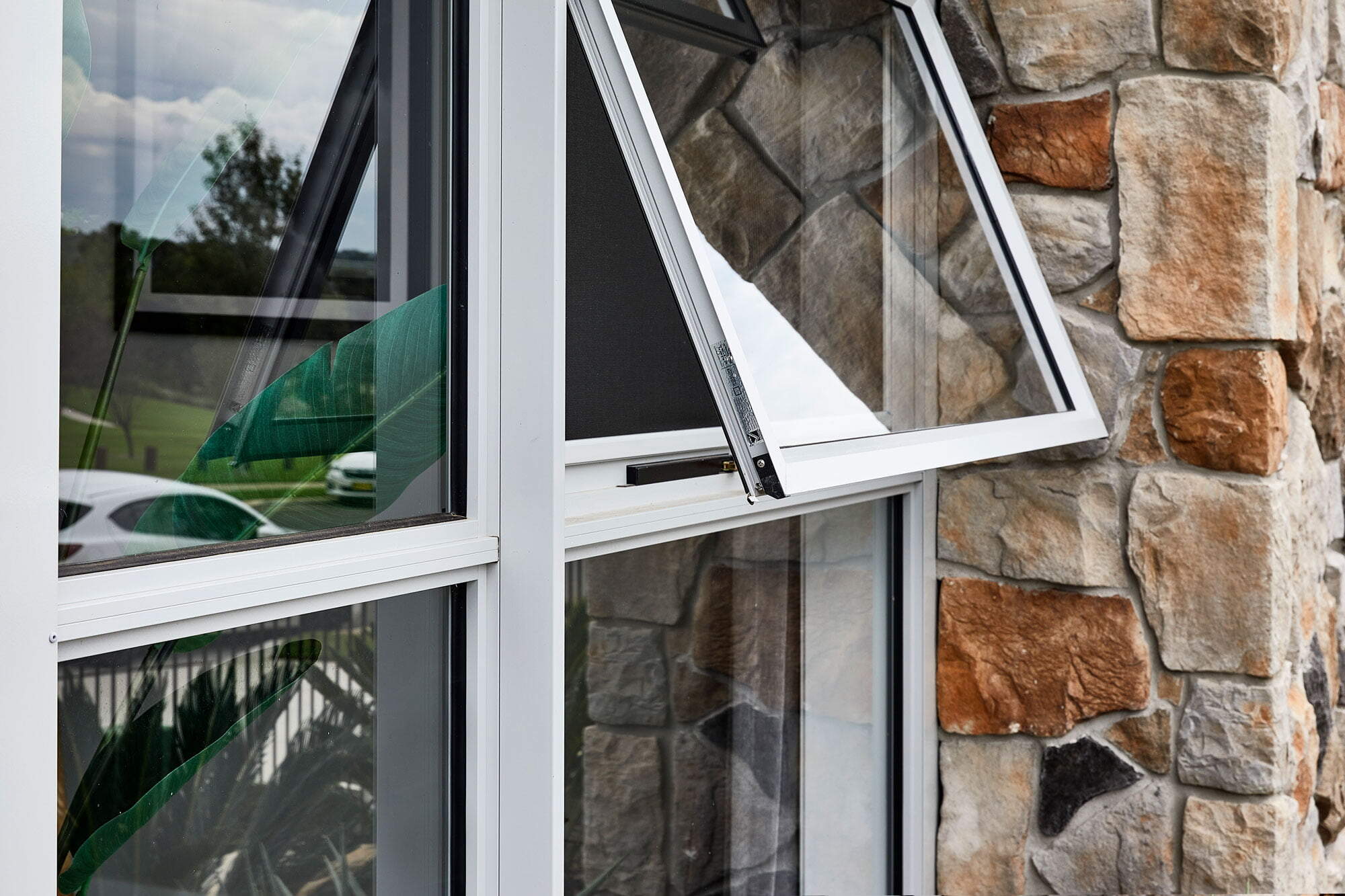

Outdoor Structures
How Big Can You Make An Awning Window
Modified: August 17, 2024
Discover the possibilities of outdoor structures with our guide on how big you can make an awning window. Explore the options for creating the perfect outdoor space.
(Many of the links in this article redirect to a specific reviewed product. Your purchase of these products through affiliate links helps to generate commission for Storables.com, at no extra cost. Learn more)
Introduction
When it comes to enhancing the aesthetic appeal and functionality of a home, the choice of windows plays a pivotal role. Among the plethora of window styles available, awning windows stand out for their unique design and practical benefits. These windows are hinged at the top and open outward, offering excellent ventilation and a touch of modern elegance to any space. One common question that arises when considering awning windows is, "How big can you make an awning window?" This query often stems from the desire to maximize natural light, optimize views, and create a seamless indoor-outdoor connection.
In this comprehensive guide, we will delve into the factors that affect the size of awning windows, explore the limitations associated with their dimensions, and highlight the advantages of investing in large awning windows for your home. Whether you are a homeowner contemplating a window replacement project or an enthusiast seeking insights into window design, this article aims to provide valuable information to aid in your decision-making process. So, let's embark on a journey to unravel the potential of awning windows and uncover the possibilities of creating expansive and captivating window features for your living spaces.
Key Takeaways:
- Embracing large awning windows infuses homes with natural light, panoramic views, and enhanced ventilation, creating a seamless indoor-outdoor connection for a luminous and airy living space.
- Consider structural constraints, design preferences, and energy efficiency when customizing awning window size, ensuring a harmonious blend of style, functionality, and practical advantages for inviting living spaces.
Understanding Awning Windows
Awning windows are a popular choice for homeowners seeking to introduce a blend of style and functionality into their living spaces. These windows are characterized by their unique hinge mechanism, which allows them to open outward from the bottom, creating a subtle "awning" effect. This design not only adds a touch of contemporary elegance to the home but also serves practical purposes, such as facilitating ventilation and maintaining a barrier against the elements.
One of the defining features of awning windows is their ability to provide excellent airflow while offering protection from rain and debris. When opened, the sash of an awning window slants downward, effectively channeling fresh air into the interior while preventing water from entering the room. This makes awning windows an ideal choice for areas where ventilation is crucial, such as kitchens, bathrooms, and basements.
Additionally, awning windows are known for their versatility in terms of placement. They can be installed higher on walls, allowing natural light to filter in while maintaining privacy, or combined with other window styles to create visually striking combinations. The modern aesthetic and practical functionality of awning windows make them a sought-after option for homeowners looking to elevate the appeal and utility of their living spaces.
Understanding the unique characteristics and advantages of awning windows is essential when considering their size and placement within a home. By comprehending the distinctive features that set awning windows apart from other window styles, homeowners can make informed decisions regarding the customization and installation of these innovative window fixtures.
Factors Affecting the Size of Awning Windows
When contemplating the size of awning windows for a specific space, several factors come into play, influencing the customization and installation process. Understanding these key elements is essential for homeowners and designers seeking to optimize the functionality and visual impact of their windows. Let’s explore the primary factors that affect the size of awning windows:
- Structural Limitations: The structural integrity of the building plays a crucial role in determining the size of awning windows. Factors such as load-bearing capacity, wall height, and architectural constraints can impact the maximum dimensions of the windows that can be installed.
- Design Preferences: Homeowners often have specific design preferences when it comes to the appearance of their windows. The desired aesthetic, such as a panoramic view, expansive glass panels, or symmetrical window arrangements, can influence the size and configuration of awning windows.
- Natural Light and Ventilation: The orientation of the building, the desired level of natural light, and the need for ventilation in specific areas dictate the size and placement of awning windows. Maximizing daylight and airflow while maintaining energy efficiency is a crucial consideration in determining the dimensions of the windows.
- Building Codes and Regulations: Adhering to local building codes and regulations is imperative when customizing the size of awning windows. These regulations often dictate minimum egress requirements, safety standards, and wind load considerations, which can impact the permissible dimensions of the windows.
- Energy Efficiency: The energy performance of windows is a significant concern for homeowners. Choosing the right size of awning windows to optimize insulation, minimize heat loss, and enhance overall energy efficiency is a key factor in the customization process.
By taking these factors into account, homeowners and designers can collaborate effectively to determine the ideal size and configuration of awning windows for a given space. Balancing structural considerations, design preferences, functional requirements, and regulatory standards is essential in creating a harmonious and practical window solution that complements the overall aesthetics and functionality of the home.
When considering how big you can make an awning window, it’s important to consult with a professional to ensure it meets building codes and structural requirements. Larger awning windows may require additional support and reinforcement to maintain stability and functionality.
Maximum Size Limitations of Awning Windows
While awning windows offer versatility and practical benefits, there are inherent limitations to consider when determining their maximum size. These constraints stem from various structural, functional, and design factors that influence the dimensions of awning windows. Understanding these limitations is crucial for homeowners and designers embarking on window customization projects. Here are the primary considerations that define the maximum size limitations of awning windows:
- Structural Integrity: The structural capacity of the building and the wall where the awning windows will be installed directly impact their maximum size. Large windows may require additional reinforcement to ensure structural stability and integrity.
- Operational Functionality: As awning windows open outward from the top, their size is limited by practical considerations such as ease of operation, hardware limitations, and wind resistance. Oversized awning windows may pose challenges in terms of functionality and may require specialized mechanisms for smooth operation.
- Material Limitations: The materials used in the construction of awning windows, such as the frame, glass, and hardware, contribute to their maximum size limitations. The weight and dimensions of the components influence the feasibility of creating larger awning windows without compromising structural integrity or operational efficiency.
- Energy Efficiency: Larger awning windows may present challenges in terms of maintaining optimal energy efficiency. Proper insulation, glazing options, and weather sealing become increasingly critical as window size expands, impacting the overall thermal performance of the windows.
- Regulatory Standards: Local building codes, safety regulations, and egress requirements dictate the maximum size limitations of awning windows. Compliance with these standards is essential to ensure the safety, functionality, and legal conformity of the installed windows.
By considering these limitations, homeowners and designers can make informed decisions regarding the size and customization of awning windows, ensuring that the final installations align with structural integrity, operational functionality, energy efficiency, and regulatory compliance. While there are constraints to the maximum size of awning windows, thoughtful design, strategic placement, and collaboration with experienced professionals can help optimize the visual impact and functionality of these distinctive window features within a home.
Advantages of Large Awning Windows
Embracing the potential of large awning windows can yield a myriad of benefits, elevating the ambiance, functionality, and visual appeal of a home. While there are limitations to consider, the advantages of incorporating sizable awning windows are compelling, making them an attractive option for homeowners seeking to optimize their living spaces. Let’s explore the notable advantages of large awning windows:
- Natural Light Infusion: Large awning windows serve as conduits for abundant natural light, creating a bright and inviting interior ambiance. The expansive glass panels allow daylight to permeate the space, reducing the reliance on artificial lighting and fostering a warm, sunlit environment.
- Panoramic Views: With their wide expanse, large awning windows offer captivating panoramic views of the surrounding landscape. Whether it’s a lush garden, a scenic vista, or an urban skyline, these windows provide an uninterrupted visual connection to the outdoors, enhancing the overall aesthetic appeal of the home.
- Enhanced Ventilation: The generous size of large awning windows facilitates superior ventilation, allowing fresh air to circulate effectively throughout the interior. This is particularly advantageous in areas where airflow and ventilation are essential, promoting a healthy and comfortable living environment.
- Architectural Statement: Large awning windows can serve as striking architectural focal points, adding a modern, contemporary touch to the home’s facade. Their expansive presence contributes to the overall design aesthetic, creating a sense of openness and sophistication.
- Indoor-Outdoor Connection: By integrating large awning windows, homeowners can establish a seamless indoor-outdoor connection, blurring the boundaries between the interior living spaces and the external environment. This fosters a sense of harmony with nature and enhances the overall livability of the home.
- Customized Design Options: The size and configuration of large awning windows offer versatile design possibilities, allowing for personalized customization to suit specific architectural styles and spatial requirements. From creating dramatic feature walls to optimizing natural ventilation, the design flexibility of large awning windows is a compelling advantage.
By harnessing these advantages, homeowners can transform their living spaces into luminous, airy retreats that seamlessly integrate the beauty of the outdoors with the comfort of the indoors. The strategic incorporation of large awning windows not only enhances the aesthetic and functional aspects of a home but also contributes to a heightened sense of well-being and connectivity with the surrounding environment.
Read more: What Is An Awning Window
Conclusion
As we conclude our exploration of awning windows and their potential for size customization, it becomes evident that these distinctive window fixtures offer a harmonious blend of style, functionality, and practical advantages. While the question, “How big can you make an awning window?” may spark considerations of size limitations, it also opens a realm of possibilities for homeowners and designers to create captivating, light-filled living spaces.
Understanding the factors that influence the size of awning windows, the limitations associated with their dimensions, and the compelling advantages of embracing larger configurations empowers individuals to make informed decisions when integrating these windows into their homes. By considering structural constraints, design preferences, energy efficiency, and regulatory standards, homeowners can navigate the customization process with clarity and purpose, ensuring that the installed awning windows align with their vision for an inviting, well-ventilated, and aesthetically pleasing environment.
Ultimately, the allure of large awning windows lies in their ability to infuse interiors with natural light, frame breathtaking views, and foster a seamless connection with the outdoors. Their operational functionality, architectural impact, and design versatility make them a compelling choice for those seeking to elevate the ambiance and livability of their homes.
As you embark on your journey of home improvement or architectural design, consider the potential of large awning windows as transformative elements that can redefine the way you experience and appreciate your living spaces. By harnessing the advantages of these windows and overcoming their limitations through thoughtful design and expert guidance, you can create a home environment that embodies the perfect balance of style, comfort, and functionality.
So, whether you envision a sun-drenched reading nook, a panoramic kitchen vista, or a modern architectural statement, let the possibilities of large awning windows inspire your quest for a living space that harmonizes with the beauty of the natural world.
Frequently Asked Questions about How Big Can You Make An Awning Window
Was this page helpful?
At Storables.com, we guarantee accurate and reliable information. Our content, validated by Expert Board Contributors, is crafted following stringent Editorial Policies. We're committed to providing you with well-researched, expert-backed insights for all your informational needs.
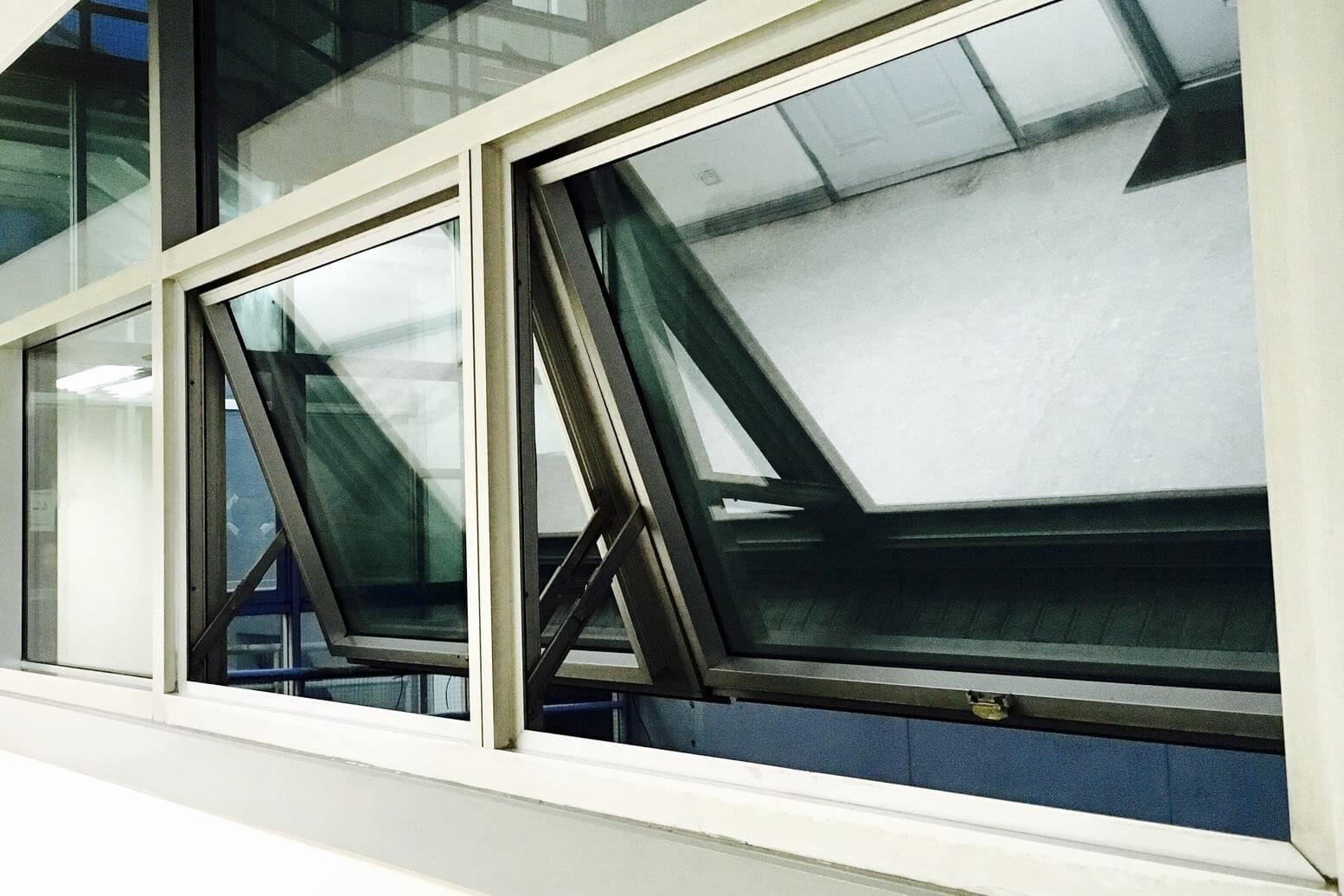
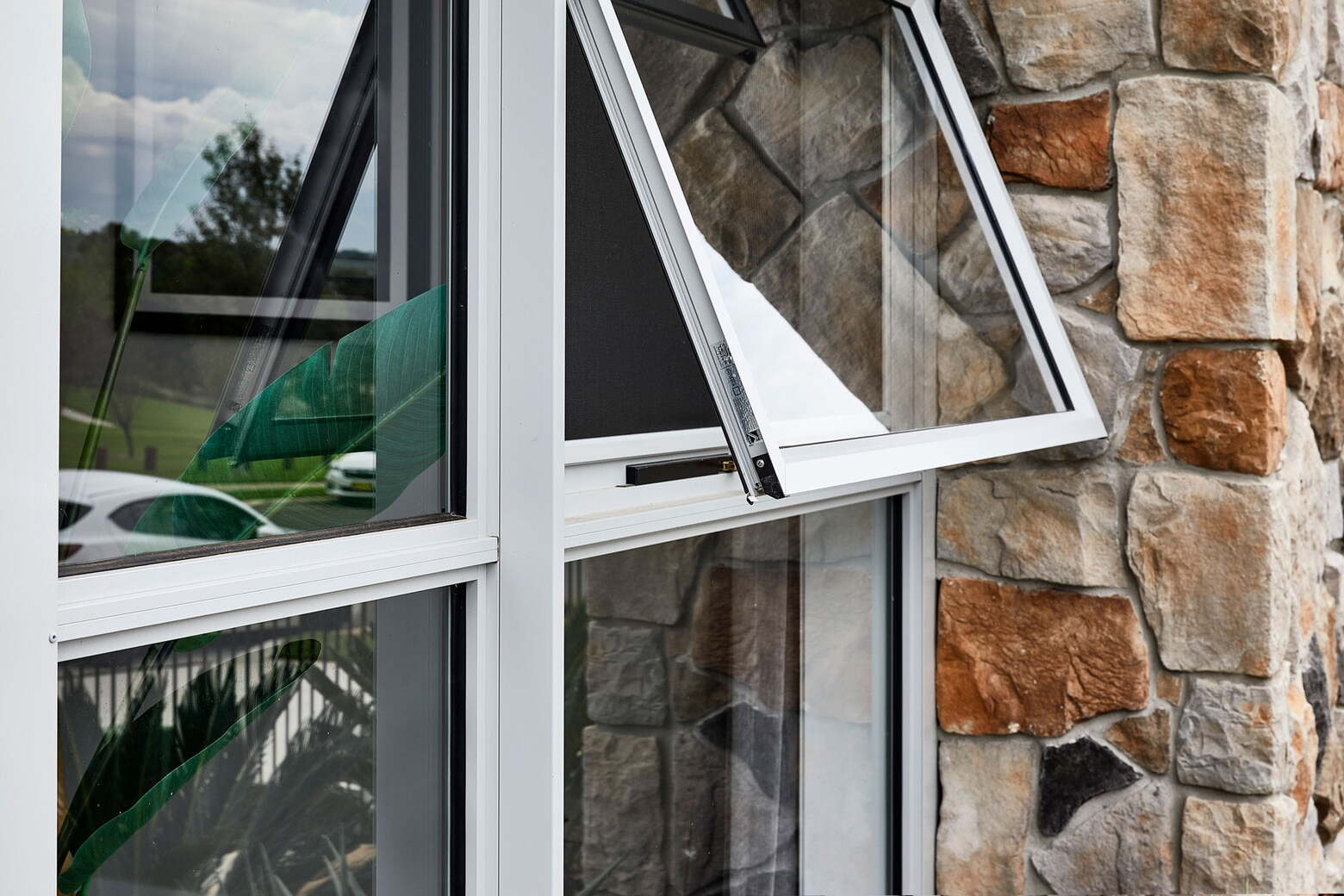
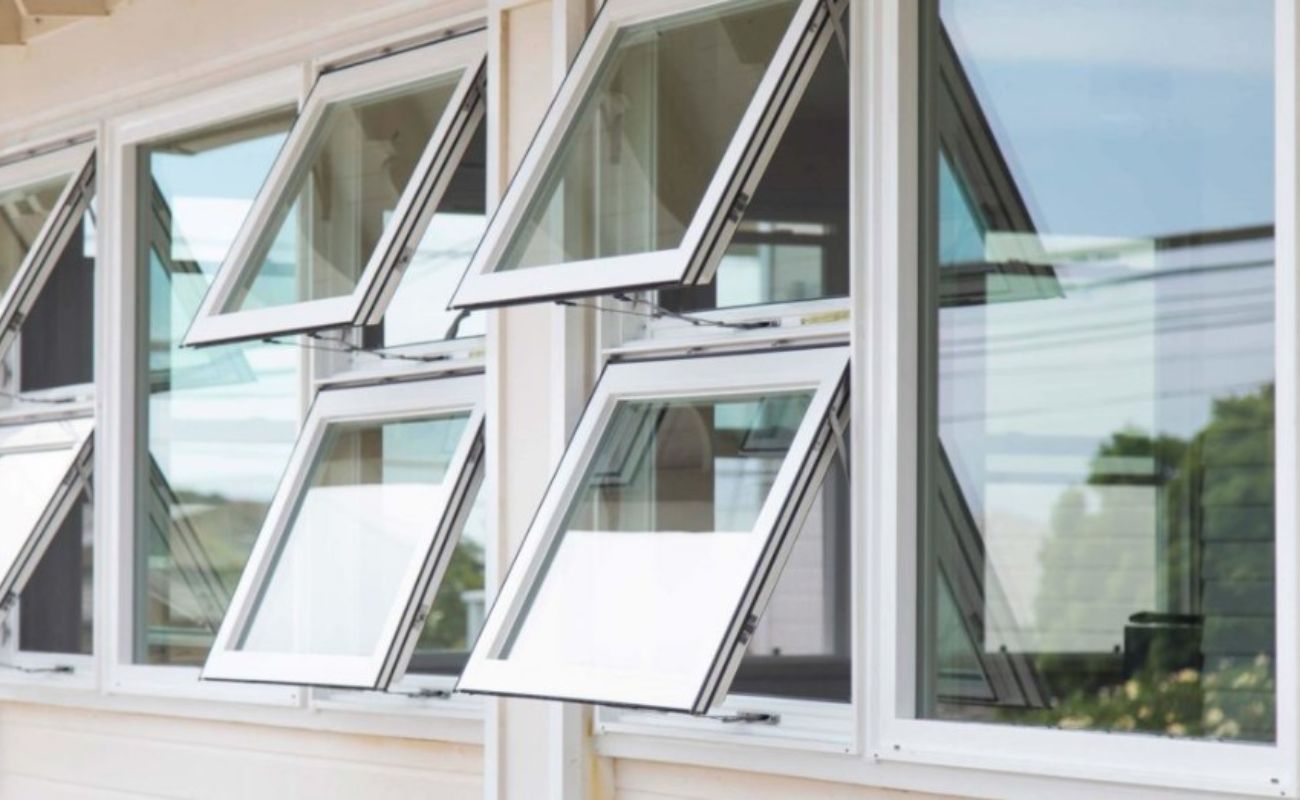
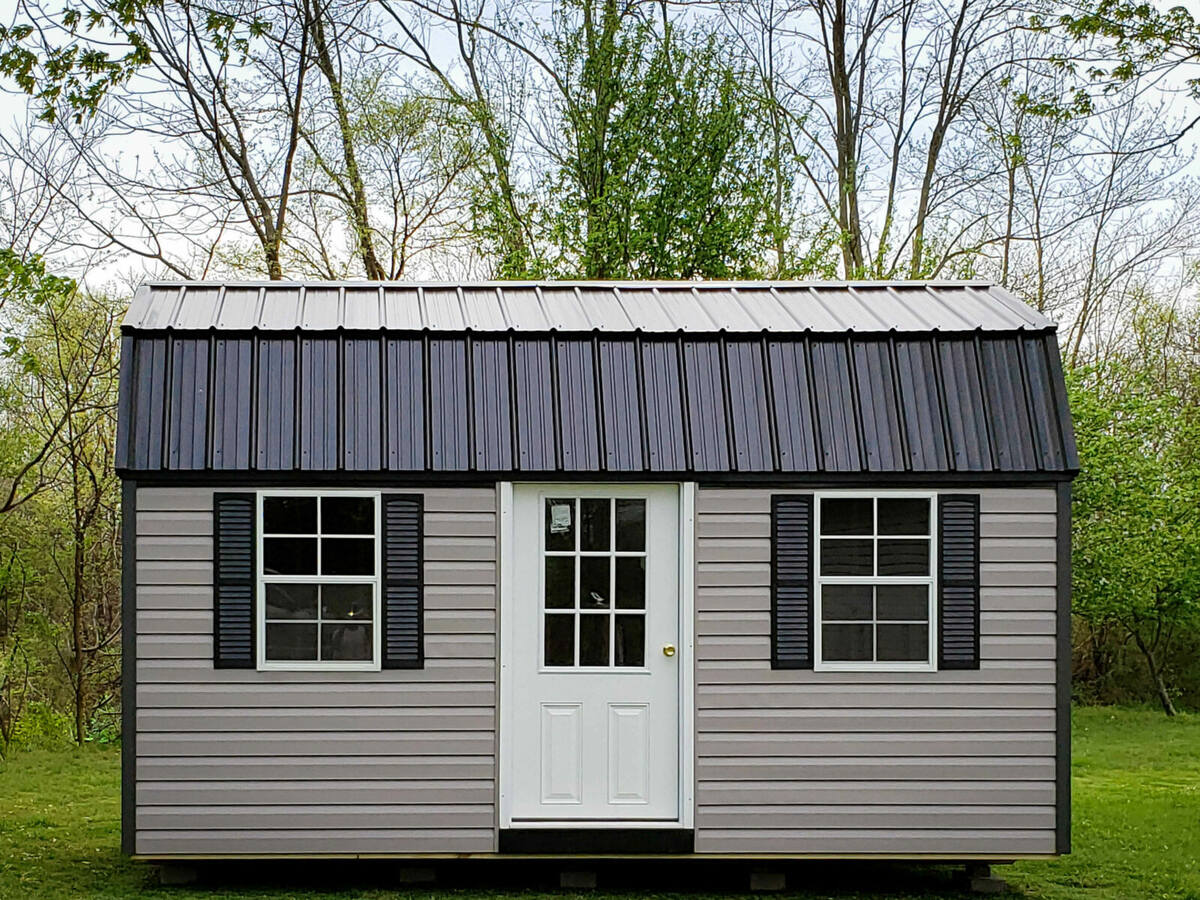
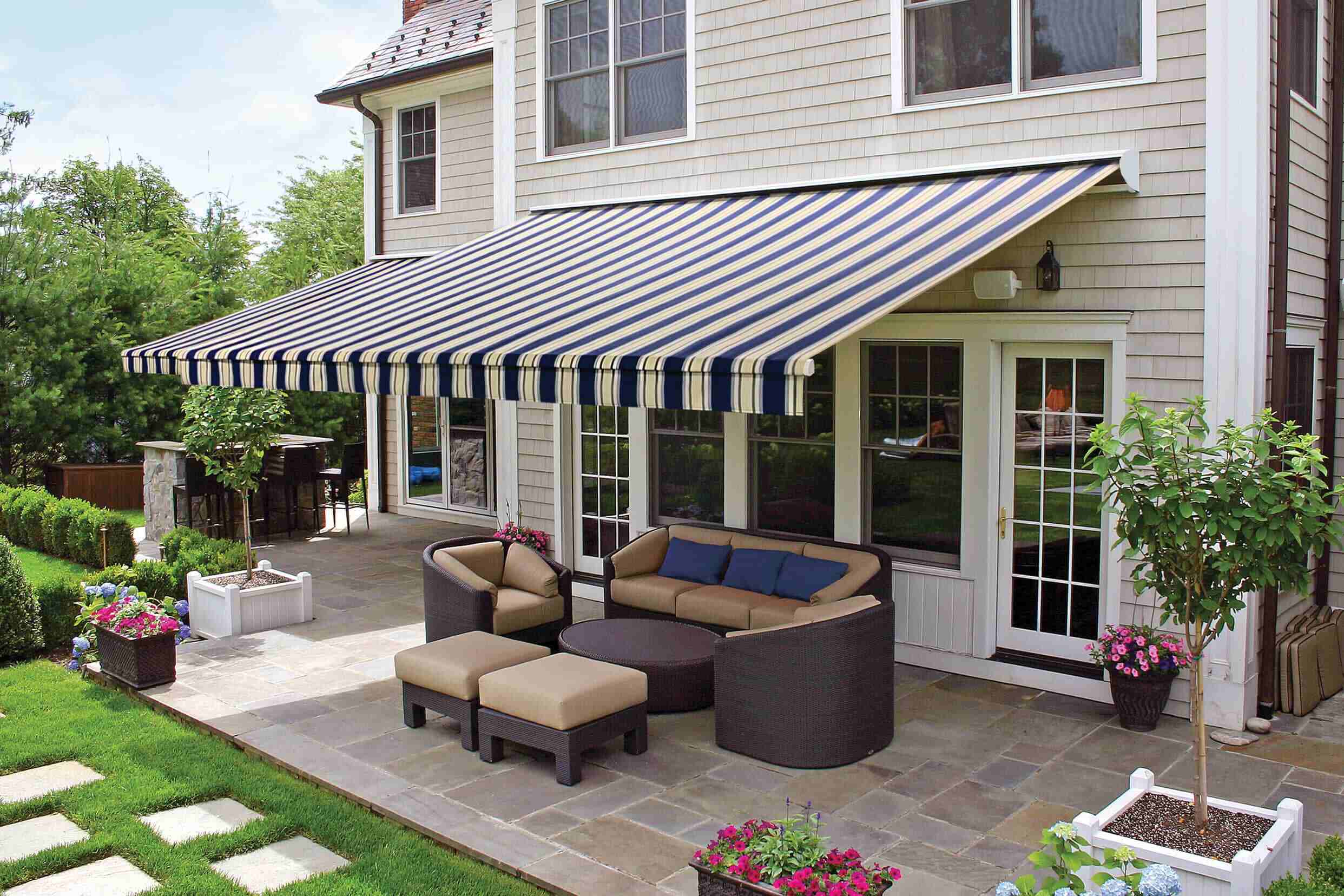

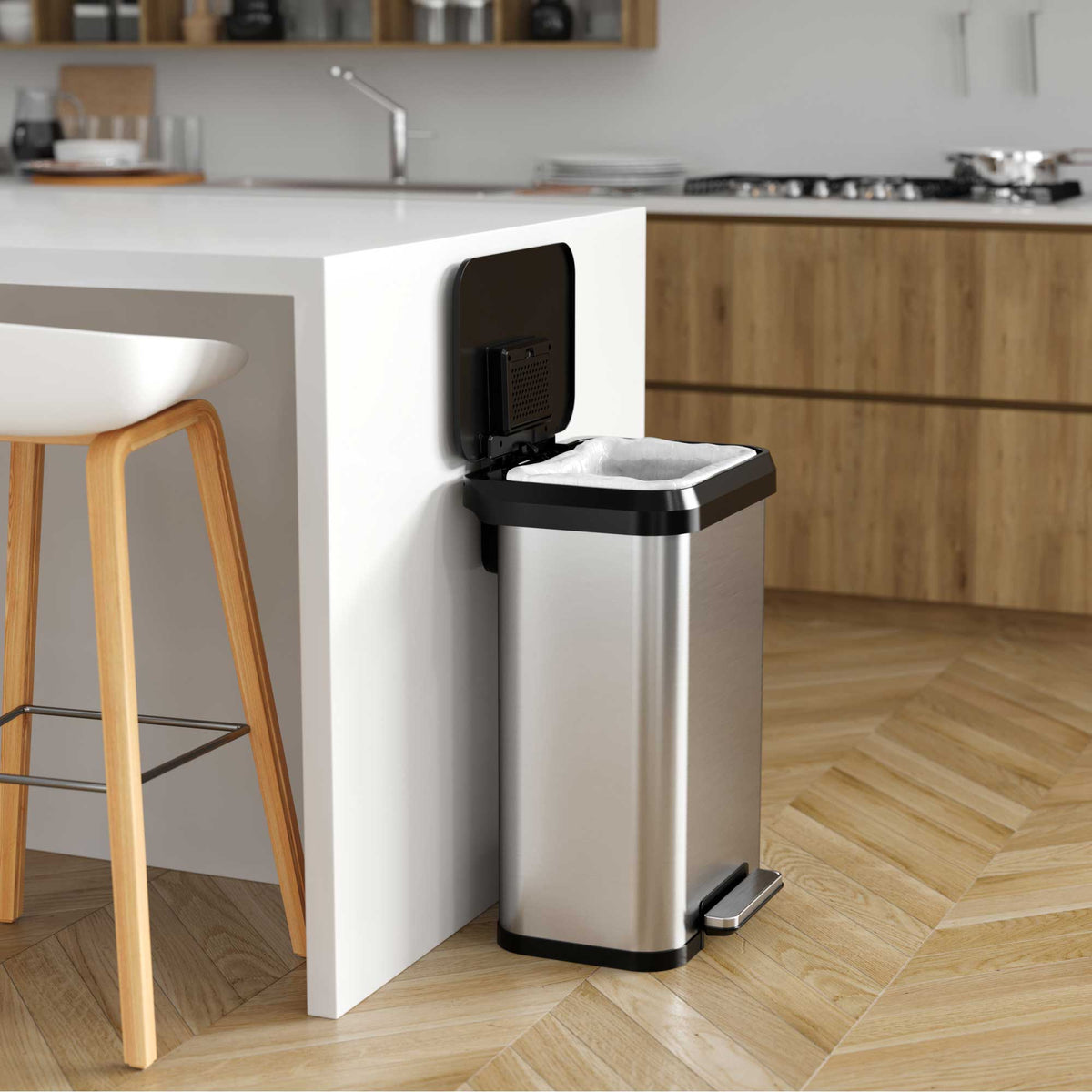


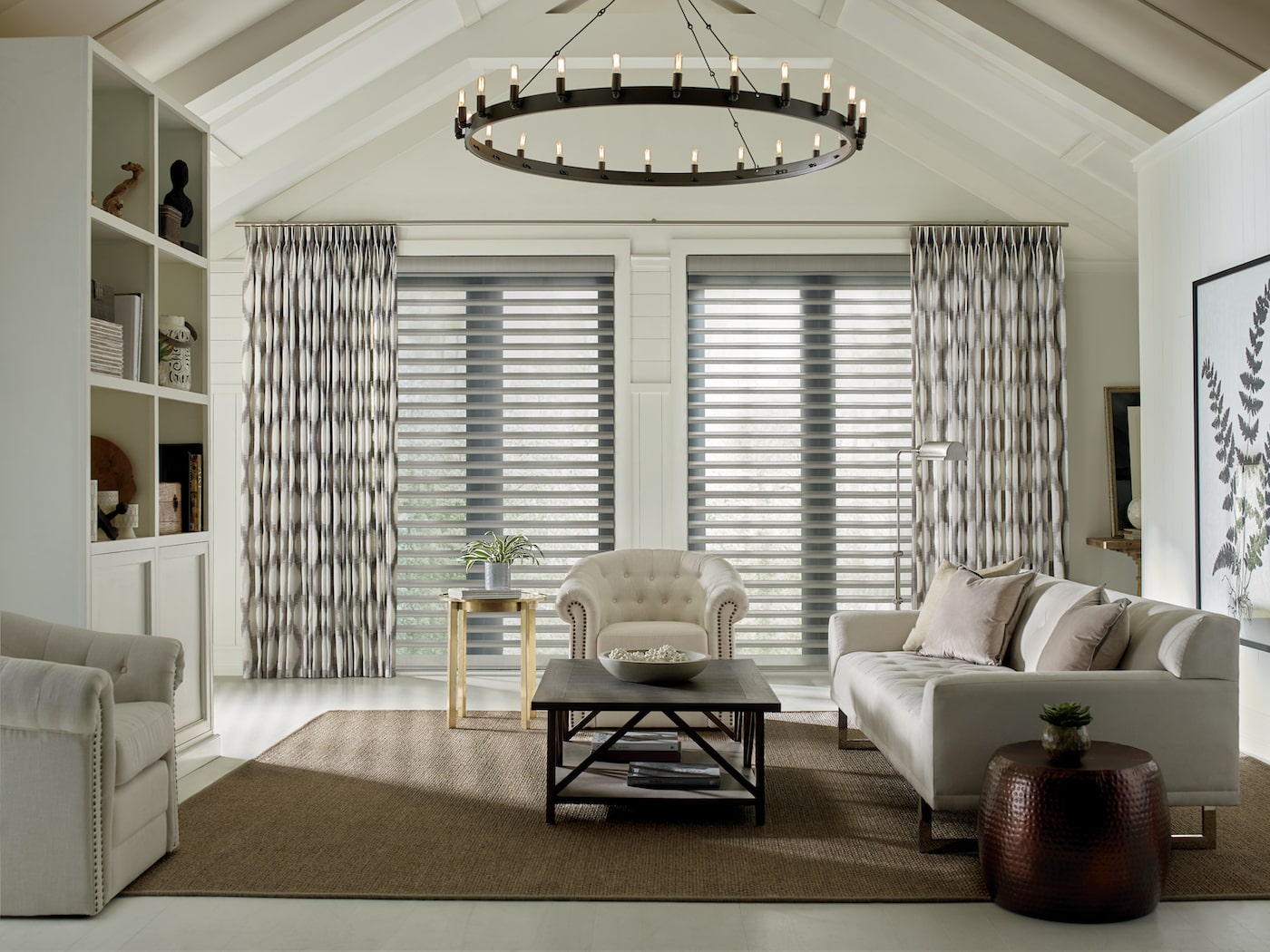


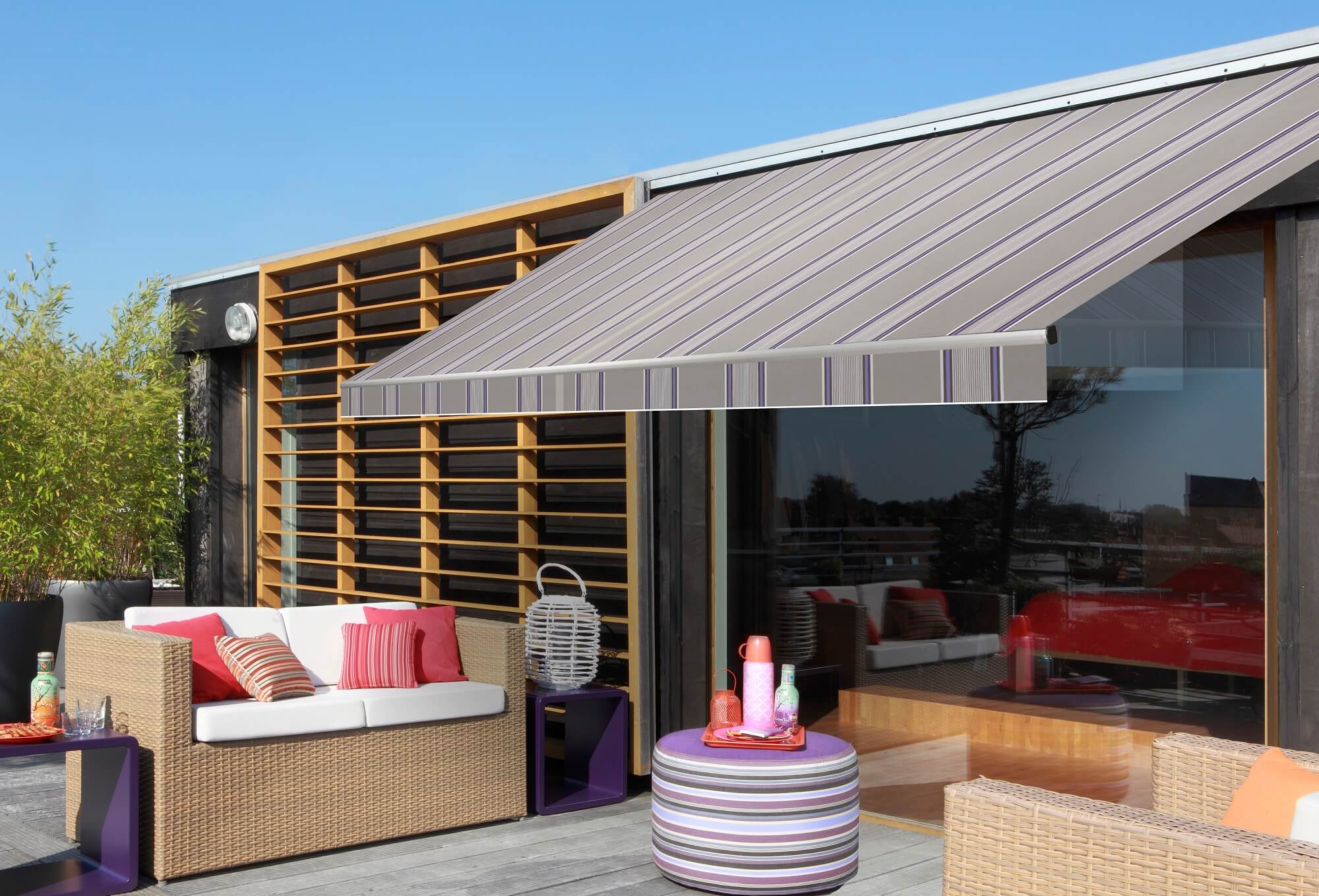
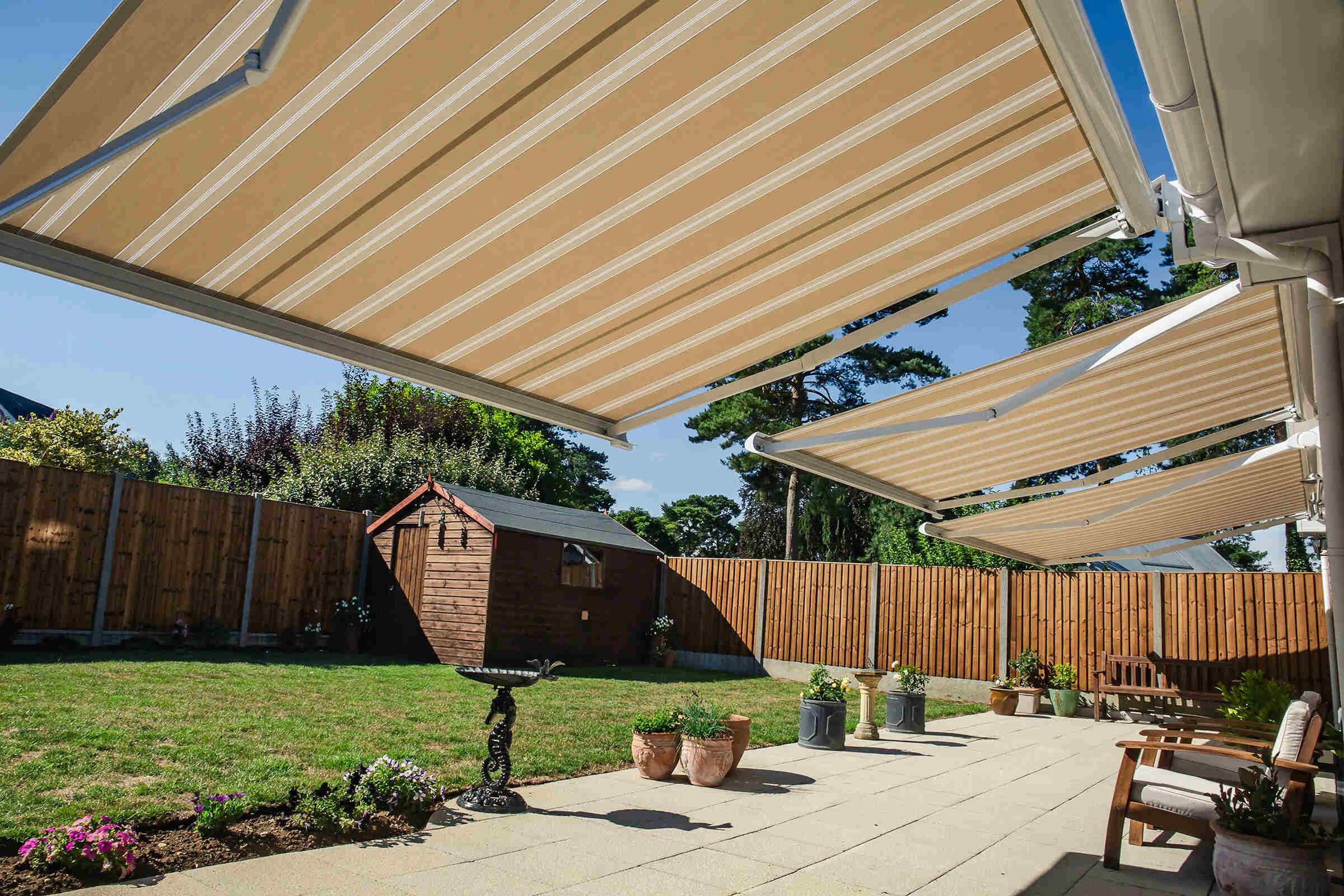

0 thoughts on “How Big Can You Make An Awning Window”